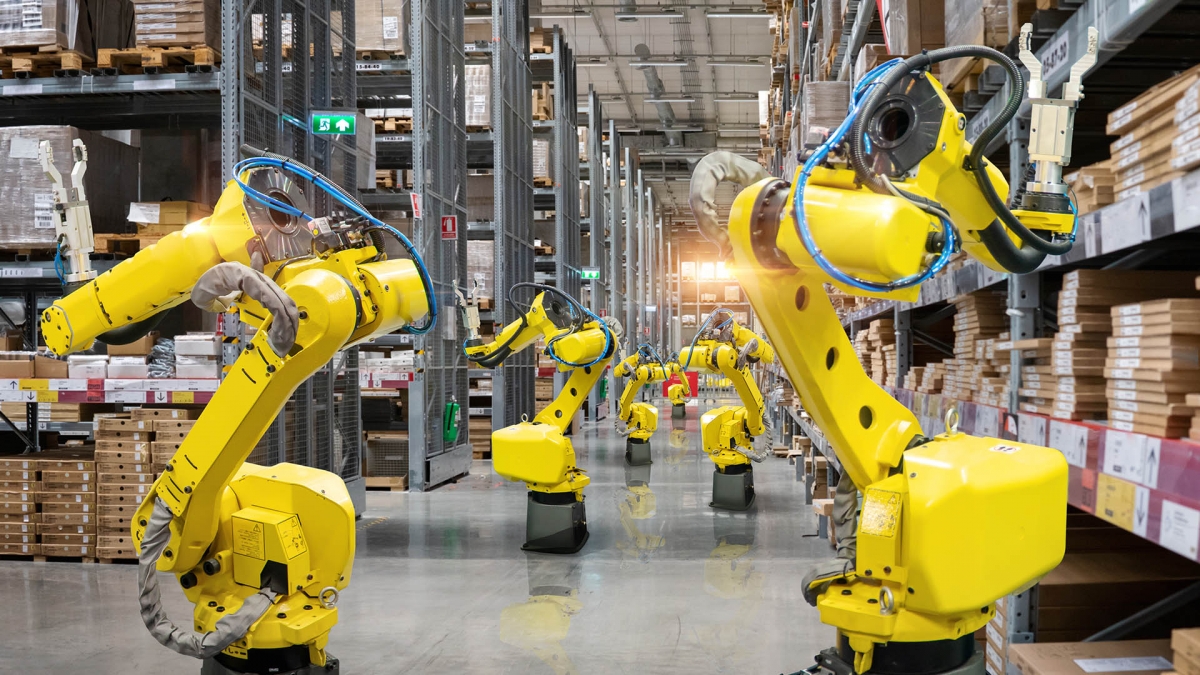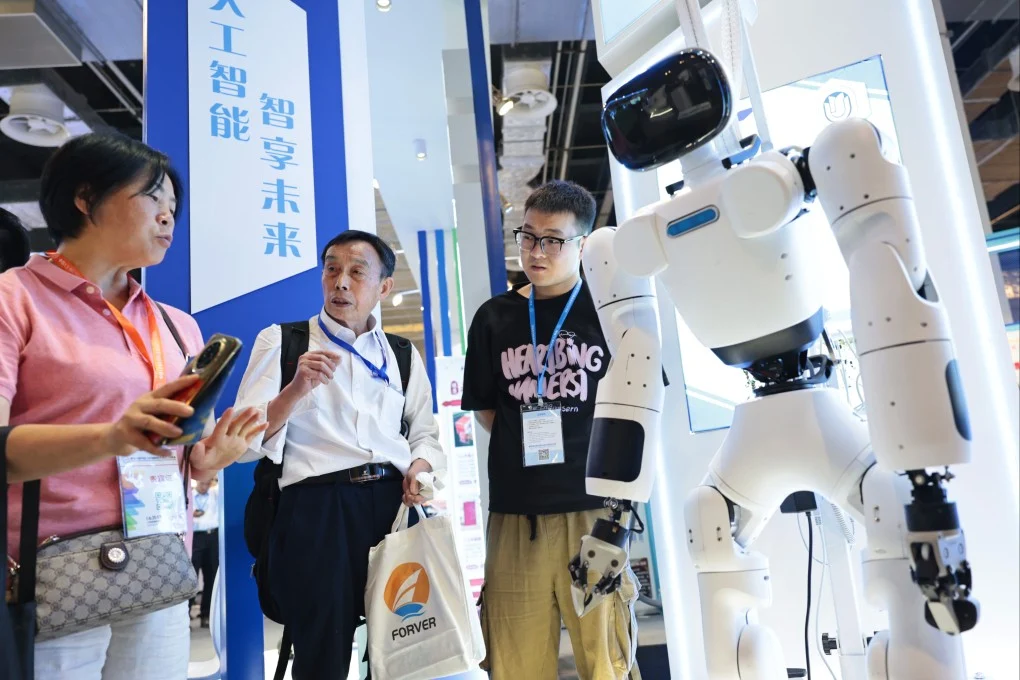The article discusses China’s efforts to become a global robot superpower and the challenges in doing so. The author started by recalling China’s first attempt at producing a robot. It failed miserably: the robot was finicky, clumsy, not to mention its limited practicality. Its humorous appearance was widely mocked in Japan, where people derisively called this machine a “secret weapon” – designed to make enemies die of laughter
Such levels of criticism and mockery were enough to put off any countries, but China remained undeterred. It launched a plan that aimed to transform the nation from a global powerhouse (only producing others’ goods) to an economic superpower (responsible for designing, producing, and maintaining goods), and robot production was critical to realize that ambition. Their efforts finally paid off. Now, China is the fifth automated country measured by the number of robots per worker, and last year, half of the world’s industrial robots were installed in China.

China becomes the world’s third-largest user of industrial robots
The Chinese government, having invested billions of dollars, is pushing for mass production of humanoid robots. However, their motives are unclear; humanoid robots, though able to carry a wide range of tasks, are not designed to specialize in any of those tasks, so their task-specific performance is worse than non-humanoid robots. Despite these concerns, recent advancements in robotics and AI have positioned China as a leading contender to become a robot superpower.
To trace China’s obsession with robotics, perhaps we should first look at national pride. The Chinese Communist Party believes China was slow to embrace technological evolutions, especially compared to the West. This is ironic as China is home to many of humanity’s greatest inventions: from paper, gunpowder to compass, not to mention Chinese students always rank above Western counterparts in terms of academic performance. Empowered by national pride, the country strives to stay ahead of the game this time.
Demographic challenges are another drive force for robotics. China’s population is getting older, raising serious concerns over the future workforce. According to a government-issued report, there are around 100 occupations with staffing problems, 41% of which are manufacturing-related positions. Robots can be the solution to worker shortages, and this can be illustrated through three key areas:
Agriculture: This sector disproportionately suffers from worker shortages. Concurrent with increased standards in education are an increasingly young, educated workforce who do not want to work as farmers. In this case, governments typically adopt the text-book solution of “outsourcing” – either importing agricultural goods or immigrating workers from other countries. However, China’s position renders it an exception. Aside from having restrictive immigration policies, China itself is the biggest manufacturer of goods and supplies the cheapest and most skilled workforce in the world.
Manufacturing and Healthcare: These two areas face similar predicaments. Robots can weld, drill or assemble components on a production line. They can also look after elderly people by offering companionship and providing health management.
Despite the advancements in robotics, Chinese manufacturers are faced with the challenge of self-sufficiency. They still rely on Western companies for parts and components, not to mention they are banned from using advanced chips. President Trump’s tariffs will offset the pricing advantages often associated with Chinese products; although robots are currently not on Trump’s blacklist, it may be different in the future.
– Bui Hai Dang
